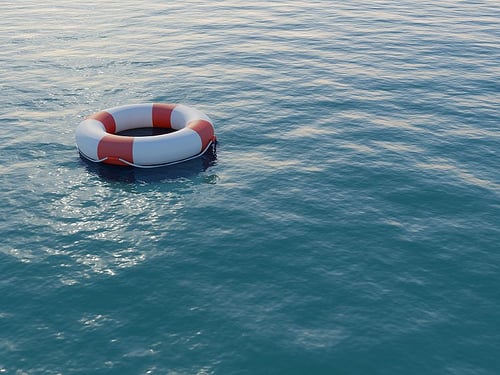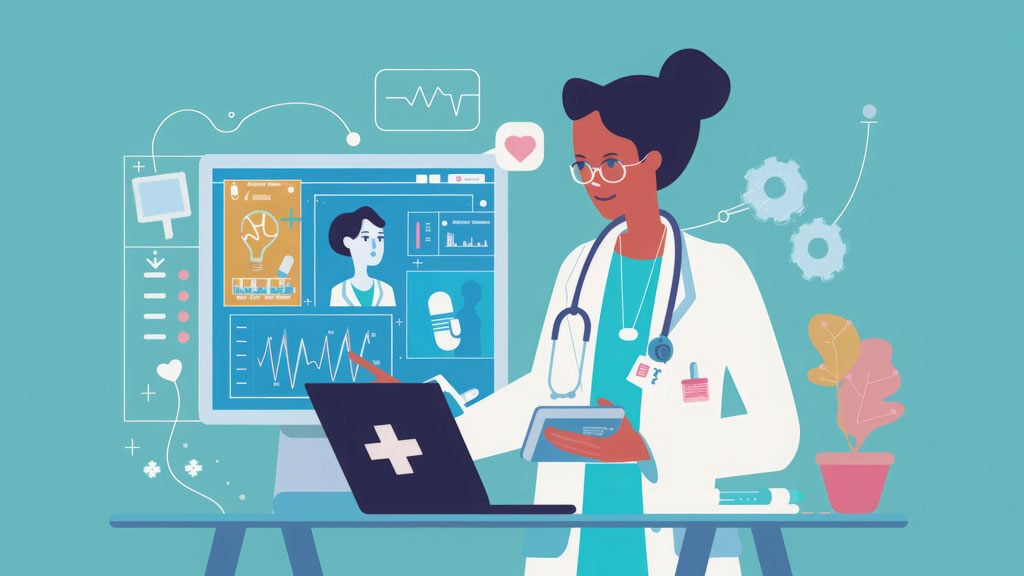In a recent web article on Med-Tech Outlook, Edward Nevill Maltass, CIO at El Centro Medical Center wrote about the Genetics of Hospital Technology. He defined several challenges as it relates to hospitals and technology. Challenges referenced are:
- Technology is expensive
- Technology changes fast and training is always lagging
- As social networks grow, patient privacy and security become more of an issue
- IT Departments have a growing number of devices to manage smartphones, tablets, voice and video over internet protocol (IP) communications, computers, thin clients and printers to name a few
- Keeping up with proprietary technical certifications
- Balancing the economics using hardware and software to protect high quality assets
Can you relate?

As a vendor who works with a wide variety of healthcare facilities on complex technology systems, we see how complicated the marketplace has become. We spend a considerable amount of time early on to educate what is possible, and what that means for your goals and your facility. We ask questions because we want you to be an educated buyer on complex technology. The more you understand, the better decision you can make for your facility. Questions we hear regularly:
Where do I begin? Begin by starting to gather the information below, so you build a framework that helps give directional needs; i.e. maybe Corporate has standardized on a specific infrastructure already.
- Has the hospital or integrated delivery network (IDN) standardized on a specific real time locating system (RTLS) (location based) system?
- If so, has there been a standard selected? Hardware/ Infrastructure? Software?
- Who is the RTLS champion?
- If at the corporate level, is there an RTLS steering committee or an RTLS initiative already in place?
What are the various use cases (point solutions) that can be done? What do you want to achieve? What are you trying to fix? Start with the end in mind, and then build the system around what you want to achieve. Use cases we can help you with are:
- Asset Tracking & Management
- Blood Bank Monitoring
- Clinical Lab Monitoring
- Environmental & Temperature Monitoring
- Food Service Monitoring
- Hand Hygiene Compliance
- Infection Control
- Clinic – OR - ED Workflow
- Patient Security (Infant, Peds, Adults)
- Pharmacy Monitoring
- Scope Management
- Staff Safety & Duress
- Vaccine Monitoring
- Wayfinding
Do I have any existing infrastructure that works with RTLS? If you have Nurse Call Cancel through Hill Rom or Rauland, then you have the beginning of an infrastructure already in place.
How important is location accuracy when selecting a staff assist/duress system? This is probably the most important question you need to answer when it comes to keeping staff safe.
- Zone Level provides the ability to provide a general location of a person in an area or unit. This is achieved by installing a limited number of devices that track entry and exit in the unit area.
- Room Level provides the ability to provide 100% location certainty of a person to a specific room, either patient room, soiled/clean utility, break rooms, conference rooms etc. Should staff need help, time is of the essence and knowing where they are is critical.
What does “line of sight” and “flood the room” mean? Why does this matter? These two terms have to do with how technology communicates with the devices in the room or area.
- Line of sight: Think of the old-fashion TV remote where you must point it towards the TV to get the channel changed. It must be in the open and pointed directly at it.
- Flood the room: This means the device signal floods the room which allows the tag or badge to easily communicate with the receiver. Even if it the tag is covered with a blanket or shirt, the tag can still be "seen".
Location based systems (RTLS) are expensive, how can we cut costs? Sure, sticker shock can and does exist if one is only looking at the bottom line. But with an enterprise RTLS system, it is important to understand that you are building a system that is futureproof and laying the groundwork for stacking additional use cases on the infrastructure. This is the point where one needs to understand their goals, now and in the future. We have seen orphaned systems because they do not scale. Purchased solely looking at the price, not the cost of ownership. Don’t get us wrong, investment dollars are tough to come by and need to be invested wisely, we understand that. And as a result, that is why we feel it is so important to help you and your team understand RTLS and what the goals are for the future.
I have several point solutions; can I somehow integrate them into one? Depends on the vendor with the systems you already have. We work with a wide variety of vendors on integrations. Let’s talk about what you have and what you want to do.
I hope this helps to open the door for discussions at your facility. What questions do you still have that I can help you with?
Source: http://bit.ly/2KEmWE1


